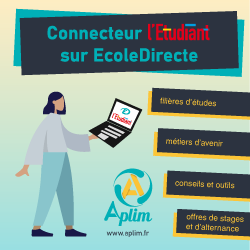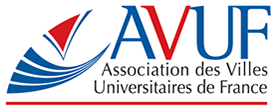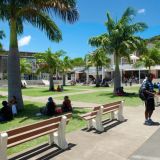
Social networks have allowed news to spread faster and faster, connecting dubious theories to a broader audience and drowning out academics in a flood of diverse opinions. Through initiatives like its recent colloquium, the CPU hopes to transform universities into fake news firewalls.
The Importance of Outreach
For University of Strasbourg economics professor Philippe Gillig and law professor Fleur Laronze, although academics “have never produced so much knowledge, too often it is too inaccessible and esoteric for most of the public.” This past September, they began holding talks at town halls, high schools and community centers to provide perspective on social issues like labor and immigration policy.
“Fake news seeks to undermine democracy using democratic tools, thereby casting widespread doubt. We can’t let mistrust of scholars grow,” insists Arnaud Mercier, information science professor at Panthéon-Assas University. He insists that if researchers are to sway fake news consumers, they have to “get off their pedestal.” Political scientist Agathe Cagé suggests using fake news’ own tools to combat the trend.
Labeling and Literacy
Efforts include articles that debunk certain theories and site evaluation tools. For François Taddei, director of the Center for Research and Interdisciplinarity (CRI), professors can help develop “these forms of collective intelligence. We can dream up web tools indicating which information has been verified by this or that university.” Taddei is also developing programs like CRI’s Les Savanturiers to teach children critical thinking skills.
“In addition to intellectual independence, we need to give young people a technical toolkit so they can verify information themselves,” maintains Mercier. Romain Badouard, senior lecturer at the University of Cergy-Pontoise, adds, “They need to understand how the algorithms that feed us information on social networks function and realize there’s a ‘click economy’.” Yet as Cagé points out, “If we want professors to educate the public, they’re going to need more staff in addition to support and equipment.”
Read the full article (in French)






